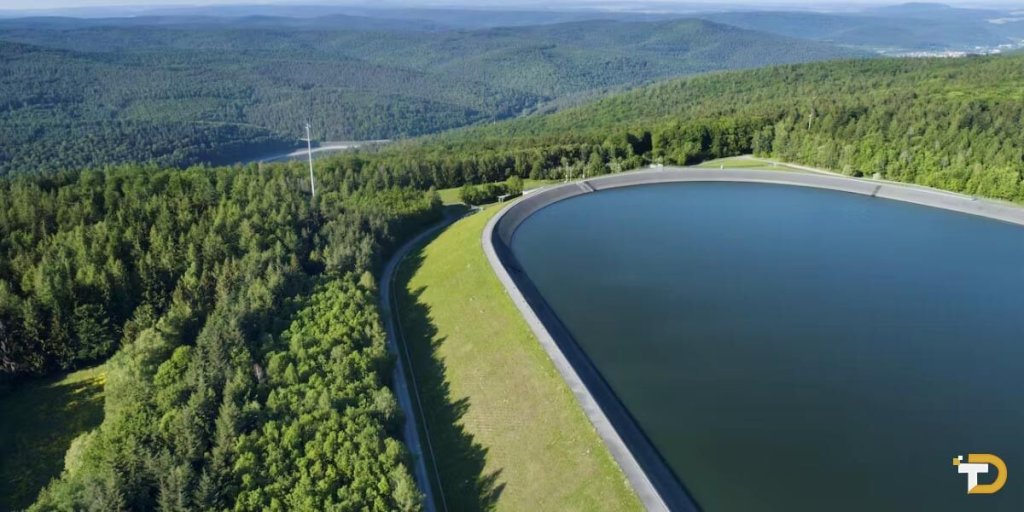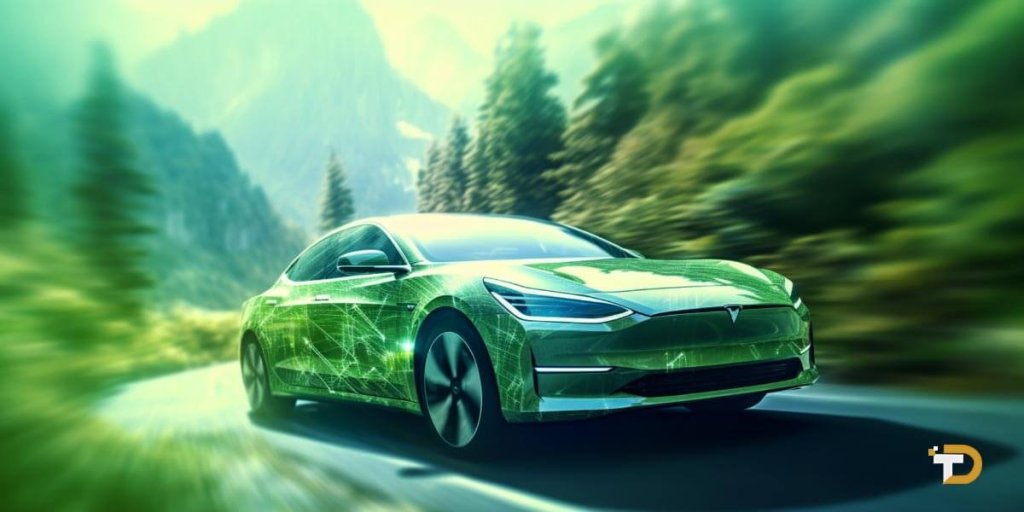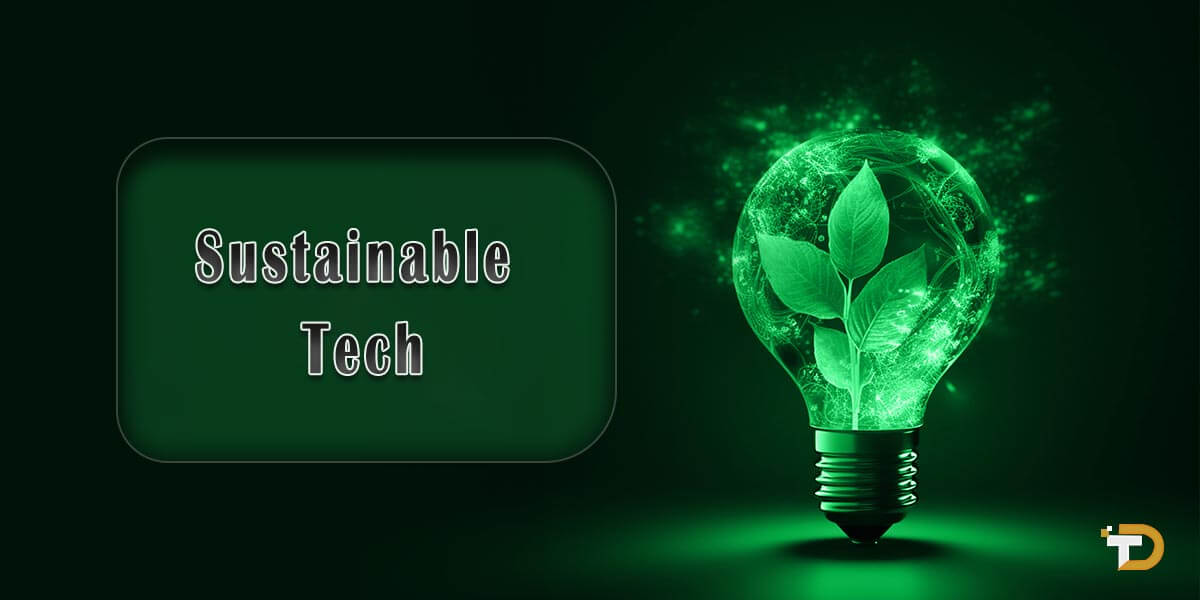Sustainable Tech: Green Innovations for a Better Future
As concerns over climate change grow, societies worldwide seek innovative solutions to build a more sustainable future. Sustainable Tech offer immense potential to address pressing environmental issues through renewable energy sources, efficient resource management, and eco-friendly products. This article examines some of the most promising sustainable innovations shaping our world for the better.
Solar Power – Harnessing the Sun’s Potential
Solar energy has immense potential as a renewable alternative to fossil fuels. Recent technological advancements are allowing us to tap this abundant resource more efficiently. High-efficiency photovoltaic cells have improved capabilities to capture sunlight and generate electricity even in less-than-ideal conditions.
Advancements in battery storage technologies ensure solar power can be stored and used after sunset or during outages. Some residential and commercial buildings now incorporate solar panels and battery packs to meet a significant portion of their energy needs. For example, Tesla’s Powerwall home battery systems allow households to store excess solar power for nighttime use.
On a larger scale, utility-scale solar farms are powering communities. One such project is the 2,000-acre Solar Star farm in California, capable of generating 579 megawatts of electricity – enough to power 158,000 homes annually. As solar panel and battery costs continue declining, solar power becomes increasingly viable for small-scale and large-scale applications.
Wind Energy – Tapping the Wind
Wind power harnesses the kinetic energy of wind to generate electricity through turbines. Offshore wind farms have emerged as a major player, capitalizing on stronger, steadier winds over water. Massive wind turbine arrays installed offshore in various European nations generate clean power on an industrial scale.
For example, the UK’s Hornsea Project One is the world’s largest offshore wind farm, with 174 turbines capable of powering over 1 million homes. States like Massachusetts are developing offshore wind projects in the US to replace retiring fossil fuel plants. On land, advances in turbine design allow for taller, more powerful machines optimized for low-wind sites.
Microwind turbines are also gaining traction for decentralized applications. These compact systems can be mounted on homes, farms, telecom towers, or boats to harness wind power where grid connectivity is limited. Wind energy will play an increasingly vital role in our renewable energy mix as turbine technology progresses.
Hydroelectric Power – Tapping our Waterways

Hydroelectricity harnesses the kinetic energy of flowing water to generate electricity. While large dams have significant environmental impacts, run-of-the-river hydro systems provide clean power with minimal infrastructure. Such projects capture energy from free-flowing rivers through turbines without large reservoirs.
Developing nations have also seen a rise in micro-hydro systems powered by small streams to provide off-grid electricity. These decentralized, low-impact projects bring renewable power to remote communities worldwide. Meanwhile, tidal and wave Sustainable Tech are tapping the enormous potential of our oceans. Europe and Asia projects generate clean electricity by harnessing the kinetic energy of ocean currents and waves.
As renewable sources like solar and wind become more ubiquitous, hydroelectric power is an invaluable complement by providing stable baseload power. Its flexibility allows hydro facilities to ramp up quickly during intermittent low solar or wind output periods. Together, these diverse clean energy sources form a robust renewable portfolio.
Biofuels – Fuel from Sustainable Sources
Biofuels offer a renewable alternative to gasoline and diesel by harnessing energy from organic matter. Ethanol produced from corn and sugarcane is a widely used biofuel. However, second-generation biofuels made from non-edible plant matter are gaining prominence.
Lignocellulosic ethanol can be made from agricultural residues like corn stalks and straw, as well as fast-growing trees and grasses. This avoids competition with food crops and provides higher yields per acre. Companies like INEOS Bio are building commercial-scale biorefineries to produce such cellulosic ethanol at scale.
Biodiesel from waste oils is another promising innovation. Used cooking oil collected from restaurants is recycled into biodiesel suitable for vehicles. This process diverts waste from landfills while producing a low-carbon fuel. As biofuel technologies advance, these sustainable fuels will play an increasing role in decarbonizing transportation.
Energy Storage – Enabling Renewables
A key challenge facing renewable energy is intermittency – the sun doesn’t always shine, and the wind doesn’t always blow. Energy storage technologies are helping overcome this by allowing excess renewable power to be saved for later use.
Lithium-ion batteries are the most widely used storage medium today. At the residential and commercial scale, battery packs like Tesla’s Powerwall store self-generated solar power. Utilities also deploy large-scale battery installations to store excess wind and solar output for peak demand periods.
Pumped storage hydropower is a grid-scale solution that pumps water to an elevated reservoir during off-peak hours using cheap renewable power. The stored water is then released to turbines as needed to generate electricity. Emerging technologies like compressed air energy storage, liquid air energy storage, and flow batteries are expanding storage options.
As storage capacity grows, a higher percentage of variable renewables can be reliably integrated into the grid. This will accelerate the energy transition while maintaining grid stability. Energy storage stands poised to become a critical technology complementing solar, wind, and other intermittent renewable sources.
Electric Vehicles – Driving Sustainability

Transportation accounts for a sizable portion of global carbon emissions. Electric vehicles (EVs) offer a promising low-carbon alternative to gasoline and diesel vehicles. With an ever-expanding global EV market, these vehicles are gaining widespread acceptance.
Tesla led the modern EV revolution and remains a leader with its high-performance luxury EVs. However, all significant automakers now offer electric models to meet growing consumer demand as battery costs fall. Cities and states are incentivizing EV adoption through purchase rebates, HOV lane access, and the installation of public charging stations.
EVs produce zero direct emissions and are more efficient than internal combustion engines. When charged using renewable energy sources, their carbon footprint is even lower. As the electric grid transitions to renewable power, EVs will become progressively greener. Commercial electric trucks and buses are also gaining traction for fuel savings and air quality benefits.
With a global fleet of over 10 million EVs on the road today, this innovative Sustainable Tech is revolutionizing transportation sustainability. As charging infrastructure expands, EVs will increasingly replace gasoline vehicles, helping decarbonize one of the most polluting economic sectors.
Sustainable Agriculture and Food Production
Advancements in agriculture aim to boost yields and resource efficiency while reducing environmental impacts. Precision farming utilizes sensors, software, drones, and other technologies to optimize inputs like water, fertilizer, and pesticides on a field-by-field basis. This minimizes waste and runoff that pollute waterways.
Indoor vertical farming uses artificial lights and controlled environments to grow crops in stacked layers, year-round, regardless of the weather. With less land and water required than traditional farming, this innovative method could help address food security challenges. Major vertical farms now operate in cities worldwide, growing a variety of leafy greens, herbs, and berries.
Cell-based or “clean meat” from animal cells offers an environmentally friendly and humane alternative to conventional meat. Producing meat without raising and slaughtering livestock avoids associated greenhouse gas emissions and land and water use. Several startups are working to commercialize lab-grown meat that is safe, affordable, and indistinguishable from conventional beef.
As populations rise, sustainable food production innovations will play a key role in nourishing the planet responsibly. By enhancing yields, optimizing resource efficiency, and reducing environmental impacts, green agriculture can help address climate change while ensuring global food security.
Read More: Industry 4.0: Enabling the Smart Factory of the Future
Conclusion
In conclusion, the sustainable innovations discussed offer immense promise for building a cleaner, greener future. Renewable energy technologies, electric vehicles, green building materials, precision agriculture, and other solutions highlighted are helping revolutionize industries to reduce environmental impacts. As these Sustainable Tech continue advancing, their viability and adoption will only increase. With continued progress across these sectors, supported by enabling policies and investments, we can make considerable strides in addressing climate change while powering economic growth responsibly. Collective global action toward innovative solutions gives us hope that future generations will inherit a sustainable world.





